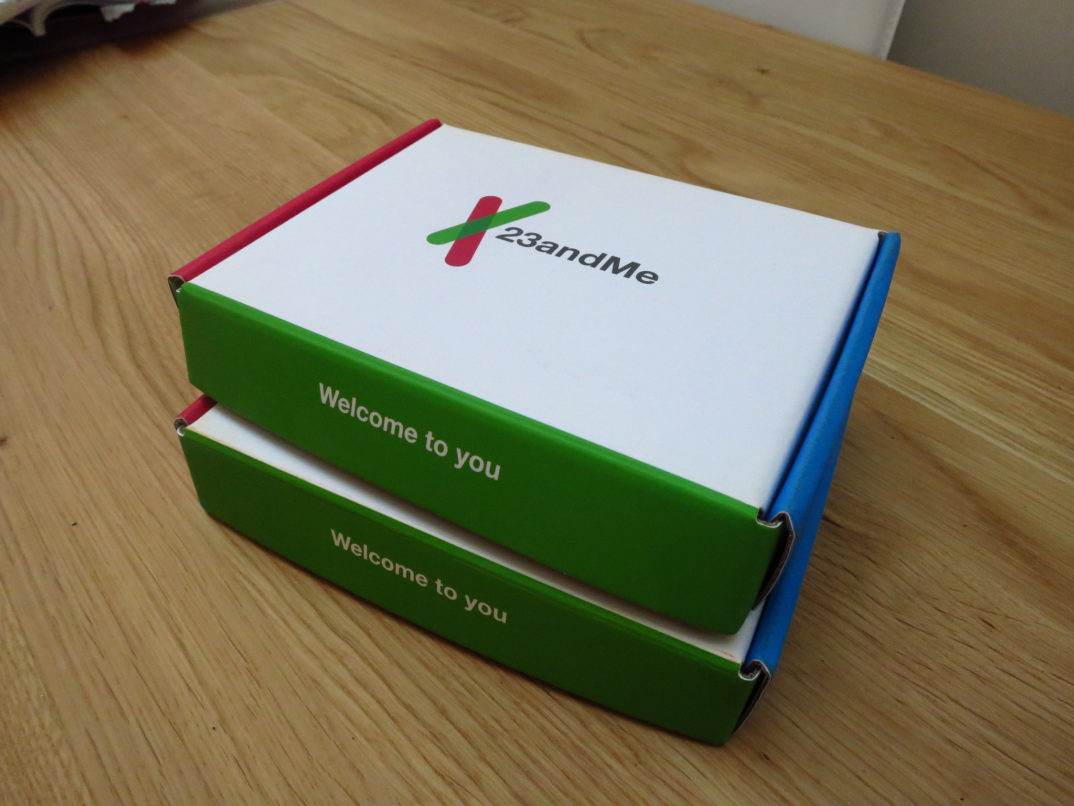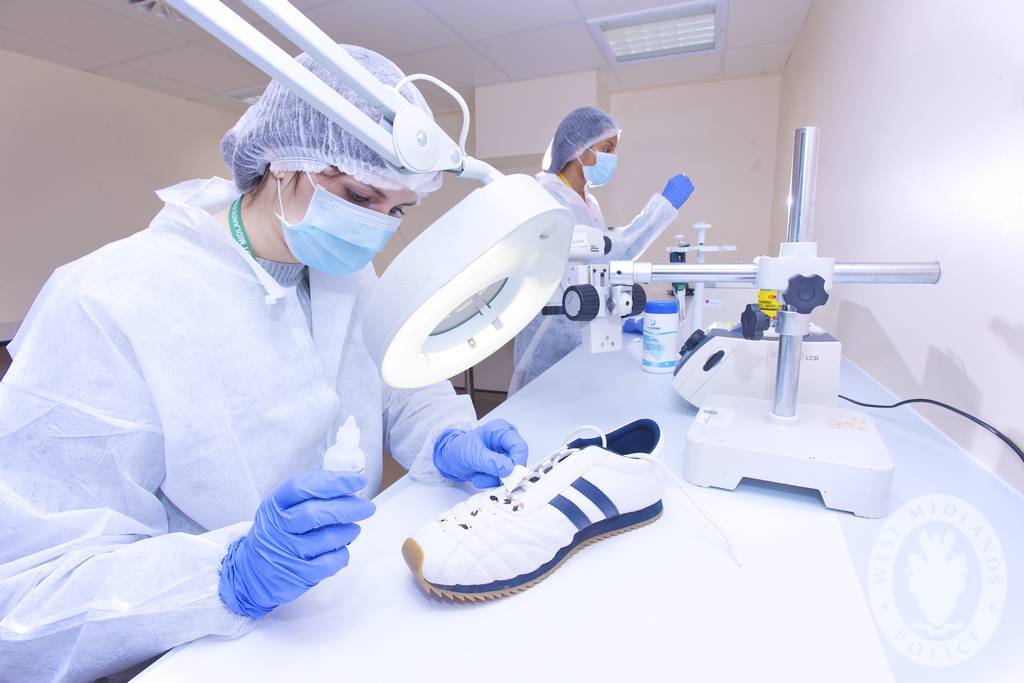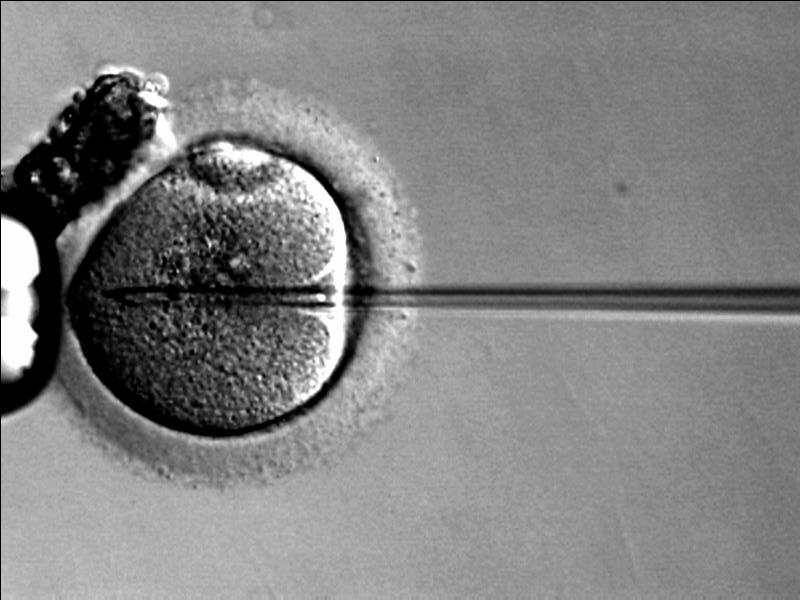David Duffy and his team from the University of Florida recently discovered a groundbreaking method for tracking the health and whereabouts of sea turtles. As the turtles represent an endangered species, the scientists’ goal was to study their migration patterns and to identify the environmental factors that might be influencing their health and well-being. Researchers found that they were able to extract meaningful DNA samples from air, water, and sand at the beach. Those samples allowed researchers to draw conclusions about sub-populations and to test for the presence of pathogens that lead to a particularly deadly form of cancer in sea turtles.
The discovery that significant DNA information could be extracted from these sources is great news for conservation scientists as well as for people who care about the preservation and well-being of animals more broadly. Scientists can use genetic information about animals without disturbing them in their natural habitats; they can wait until an animal has vacated a space before using the genetic material left behind to learn more about the creature and that creature’s community.
Researchers also learned something with more controversial consequences. Meaningful amounts of human DNA were extracted from air, water, and sand as well — amounts of DNA that can pick out the genetic code of specific individuals. This means that human beings, like other animals, leave behind genetic information essentially everywhere we go. This discovery gives rise to many important moral questions.
One such question is: who owns discarded pieces of a person’s body? Does the person still have some rights of ownership over physical matter that comes from their own body? If so, do these ownership rights entail a corresponding right to decide what can be done with the matter? Or, instead, are discarded cells like trash — once we’ve shed them, we no longer have any reasonable claim to ownership over them? Should we adopt a “finders keepers” attitude when it comes to discarded genetic material?
One response may be that treating small bits of discarded material as part of a person’s body is impractical and unrealistic. If shedding cells is something we do everywhere we go, there can be no returning discarded cells. At that point, the living source has lost any control. It might be tempting to think that there isn’t much at stake here.
That said, humans don’t have the best track record when it comes to using genetic material in morally responsible ways. For example, in one famous case, a woman named Henrietta Lacks consented to a biopsy as part of her cancer treatment. Scientists used her genetic material for research and found that her cells — now called HeLa cells — had remarkable properties that led to major advances in medical treatment. For decades, Lacks’ family was not compensated in any way for their matriarch’s contribution. One reason to be concerned about Duffy’s discovery is that a person’s cells could easily be used to profit others without any compensation accruing to the source. If this is the case, a person’s discarded genetic material may just be a new capitalist frontier to commodify and exploit.
But there are other reasons to be concerned that genetic information will be misused. For instance, in the late 1980s, members of the Havasupi Tribe provided their genetic material for the purposes of studying Type II Diabetes, a condition from which many members of the tribe suffered. Unbeknownst to the donors, the genetic information was used to research migration patterns, inbreeding, and schizophrenia within the tribe. Migration studies of tribal members, in particular, could potentially disrupt the already tenuous relationship that Native Persons have with the land and provide another avenue for governmental exploitation. When genetic material is collected or used without consent, it can lead to further discrimination and racism.
In addition to these concerns, we also tend to think that a person is entitled to privacy when it comes to details about their own body. When we shed our DNA, we don’t do so intentionally; we don’t give consent. But if an institution or individual was able to extract DNA from a location where we unwittingly shed it, they could come to know all kinds of details about any of us. The right to privacy begins within the borders of one’s own body even if those borders might shift or extend.
Then, of course, there are the implications for forensic science. Since its discovery, DNA has changed the landscape in criminal justice. There is no doubt this has had some tremendous positive consequences. Killers who had gone free for decades to commit all sorts of atrocities were eventually captured using DNA, sometimes through the use of unconventional methods. That said, the presence of DNA is not always evidence that a specific individual committed a crime. Sometimes context gets lost when DNA evidence is found. Finding a person’s DNA at a scene, even when there is a harmless explanation for that fact, can blind investigators to other explanations and prevent them from looking into other viable suspects whose DNA was, for whatever reason, not extracted.
Duffy’s discovery encourages speculation about a future in which it is impossible to get away with committing a crime — one in which there will always be genetic evidence to connect a person to a scene at the time a crime was committed. In such a world, we might wonder, what happens to Fourth Amendment rights? We might be looking at a future in which the genetic tapestry of any space is, in a sense, open access. In such a world, what would it mean for search and seizure to be “unreasonable”?
Finally, we can ask the question about this technology that we find ourselves asking over and over in this age: is this knowledge worth pursuing, or are we opening Pandora’s Box which can never be closed? We tend to treat all technological knowledge as intrinsically valuable, as if we are always justified in pursuing new frontiers. It may be the case, however, that some knowledge is not worth having, such as the number of blades of grass on a lawn or the number of grains of sand on a beach. Other knowledge is worse than neutral or useless, it is all things considered harmful. Consider, for example, knowledge of how to construct biological weapons or weapons of mass destruction. We treat pursuit of this kind of information as if it is inevitable, but it really isn’t. Should we view ourselves as subject to some kind of irresistible technological determinism such that if it is possible to create new tech, we are powerless to stop it? Instead, we might do well to consider carefully the implications of our discoveries and regulate the technology in ways that respect fundamental values.





